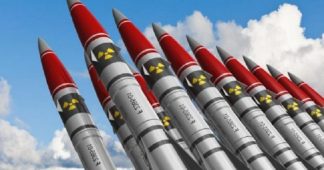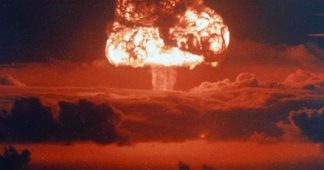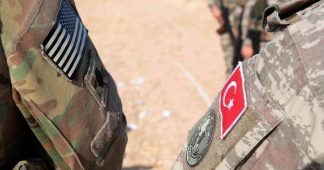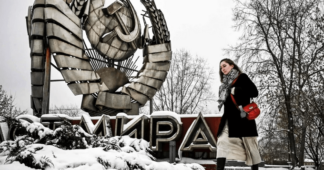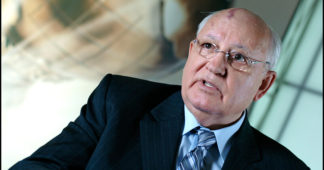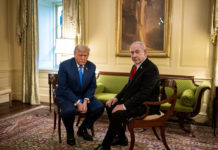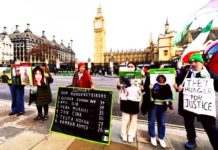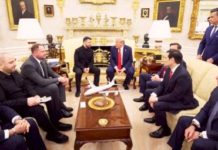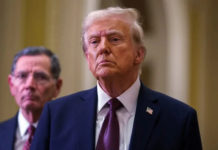September 20, 2022
It was a time of heightened tension between the United States and the Soviet Union, when communications channels were deteriorating and each side was misinterpreting the motivations of the other. It resulted in what may be the closest brush with nuclear holocaust in the Cold War. Even more frightfully, one side did not realize the danger until after the fact.
In the second week of November 1983, NATO conducted Able Archer, an exercise simulating escalation to nuclear war in a European conflict between the west and the Soviets. The Soviet leadership, fearful the U.S. was planning a nuclear first strike on the Soviet Union, strongly suspected Able Archer was no exercise, but a cover for the real thing. Novel aspects of the exercise fortified their belief. Soviet nuclear forces went on hair trigger alert, and leaders may have contemplated a preemptive strike. The U.S. military, aware of unusual Soviet actions but unaware of their meaning, proceeded with the exercise.
The time is regarded by many experts as the Cold War moment with the greatest danger of nuclear conflict since the 1962 Cuban Missile Crisis, when the U.S. confronted the Soviets over the placement of nuclear missiles on that island. But in contrast to the Cuban crisis, the U.S. was blithe to the danger. Robert Gates, then CIA deputy director, later said, “We may have been at the brink of nuclear war and not even known it.”
It took years for western authorities to fully understand the danger with which the world was confronted in Able Archer ’83. They could not comprehend that Soviet leaders actually feared a first strike, and dismissed indications emerging shortly after the exercise as Soviet propaganda. But as the picture grew clearer, Ronald Reagan became aware that his own heated rhetoric during the first three years of his presidential administration fed Soviet fears, and instead successfully negotiated agreements with the Soviets to reduce nuclear weapons.
Today those agreements are either cancelled or on life support, while conflicts between the west and the Soviet Union’s successor state, the Russian Federation, are at a level unparalleled even in the Cold War. Communications have broken down and nuclear dangers are intensifying. Meanwhile, tensions are increasing with China, another nuclear-armed state. Days after the 77th anniversaries of the August 6, 1945 atomic bombing of Hiroshima and the August 9 immolation of Nagasaki, the world has justified reasons to ask whether we will reach the 78th without nuclear weapons being used again.
In such a time, it is vital to recall the lessons of Able Archer ’83, about what happens when tensions between great powers build up while communications break down. Fortunately, recent years have seen publication of several books that delve deeply into the crisis, what led up to it, and its aftermath. 1983: Reagan, Andropov, and a World on the Brink, by Taylor Downing, and The Brink: President Reagan and the Nuclear War Scare of 1983 by Mark Ambinder, tell the story from slightly different angles. Able Archer 83: The Secret NATO Exercise That Almost Triggered Nuclear War by Nate Jones is a more compact telling of the tale accompanied by original source material pried from secret archives.
We remind our readers that publication of articles on our site does not mean that we agree with what is written. Our policy is to publish anything which we consider of interest, so as to assist our readers in forming their opinions. Sometimes we even publish articles with which we totally disagree, since we believe it is important for our readers to be informed on as wide a spectrum of views as possible.
